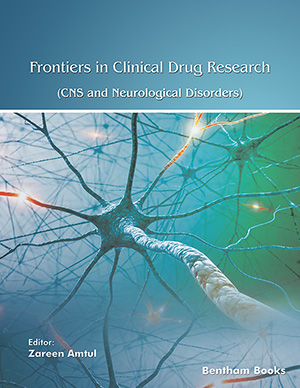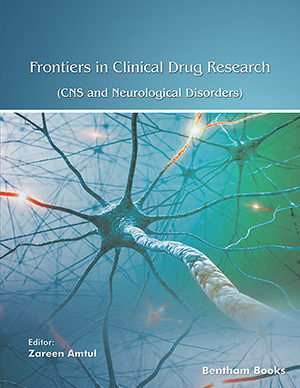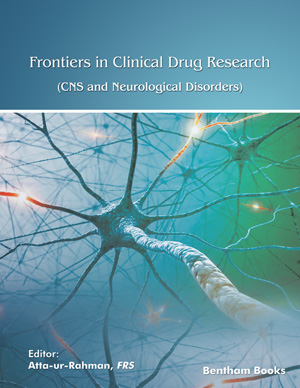
Abstract
New data strengthen the idea of a prominent role for the endocannabinoid signalling system in the modulation of a wide variety of neurobiological functions. Among these, one of the most important is the control of movement. Cannabinoid CB1 receptors are abundantly concentrated in the basal ganglia and their activation by plant-derived or synthetic cannabinoids, as well as by their endogenous ligands, modulates the activity of various neurotransmitters thus producing an hypokinetic action. This fact, together with the occurrence of marked alterations in CB1 receptors in the basal ganglia of patients affected by several motor disorders, an event that has been corroborated in animal models, has encouraged the research on the therapeutic potential of cannabinoid-based compounds to alleviate symptoms in these disorders. In addition, cannabinoids are also neuroprotective and might provide additional benefits by delaying / arresting the progress of neurodegeneration in Parkinsons disease, Huntingtons chorea and other motor neurodegenerative disorders. This article will review the involvement of the endocannabinoid system in the basal ganglia functionality, trying to establish the future lines for the research on the therapeutic potential of cannabinoid-based compounds in motor disorders.
Keywords: cannabinoids, cb1 receptors, endocannabinoid ligands, basal ganglia, movement, therapeutic potential, motor disorders
 6
6


















